Reviewed by Corey Noles
In the premium tablet space, the writing's been on the wall for a while now. But with iPadOS 26 on the horizon, that narrative might be about to flip dramatically. Sound familiar? Just when competitors think they've cracked the code, Apple shifts the entire game board.
After spending three months testing Huawei's latest MatePad Pro alongside my daily M4 iPad Pro workflow, I'm witnessing something unprecedented: Chinese tablet makers aren't just matching Apple's specs anymore — they're delivering comparable professional experiences at prices that make even loyal iPad users pause.
What you need to know:
Chinese brands are shipping tablets that directly challenge iPad Pro specs at half the price
Huawei's MatePad Pro 13.2 now features OLED displays and premium features for ~$1,125 (vs $1,999 for iPad Pro)
Xiaomi just posted 73% growth in Q4 2024, claiming fifth place globally
iPadOS 26's upcoming features could fundamentally change the tablet productivity equation
The spec war has never been this close
Here's the kicker: Chinese tablet makers aren't just throwing random hardware at the wall anymore. Take Huawei's latest MatePad Pro 13.2 — it's packing a 13.2-inch OLED display with 2880 x 1920 resolution, 144Hz refresh, and 1000 nits brightness. The PaperMatte surface even rivals Apple's nano-textured glass, offering better color accuracy for professional work.
During my video editing tests, the MatePad's response rates proved genuinely competitive for fast-paced workflows, while its six-speaker system delivered audio quality that actually exceeds current iPad Pros in clarity and spatial separation.
According to Canalys data, Xiaomi's aggressive push resulted in 73% growth in Q4 2024, while Huawei climbed to third place with 29% growth. Meanwhile, Samsung's shipments declined 5.2% in Q1 2025, showing that even established players are feeling the pressure.
What makes this surge particularly threatening is the complete package approach. Huawei's MatePad Pro bundle — including keyboard, stylus, and earbuds — costs SGD 1,498 (~$1,125), while Apple's 13-inch M4 iPad Pro with just 256GB storage runs SGD 1,999. For creative professionals evaluating total cost of ownership, that $875 difference funds significant software subscriptions or storage upgrades.
What makes these challengers different this time
Think of it as China's answer to the "good enough" revolution — but this time, "good enough" means genuinely professional-grade. Huawei's M-Pencil 3 supports over 10,000 levels of pressure sensitivity with palm rejection that matched my Apple Pencil experience during digital art sessions. The MatePad Pro's 100W charging delivers a full day's work in under an hour, addressing the productivity interruptions that still plague iPad workflows.
The momentum is undeniable, but it's being strategically accelerated. Greater China's tablet market surged in Q1 2025, driven by government retail subsidies that now include tablets starting January 2025. Chinese brands like Huawei and Xiaomi leveraged their comprehensive tablet portfolios and IoT ecosystems to appeal to domestic consumers increasingly willing to choose local alternatives.
This government backing transforms the competitive landscape beyond simple price competition. When Chinese vendors can offer premium specs while benefiting from subsidized adoption, they're essentially funded to undercut Apple's pricing strategy indefinitely.
NotebookCheck's review confirmed that the MatePad Pro 13.2's color reproduction is "good enough for professional requirements," while its response rates make it "very well suited for fast-paced gaming." For many users, that crosses the threshold from "alternative" to "equivalent."
Why iPadOS 26 changes everything
But here's where Apple's long game becomes crystal clear. While competitors have been matching hardware specs, Apple's been building the software differentiation that Chinese manufacturers can't easily replicate. After testing both ecosystems for professional workflows, iPadOS 26 isn't just another incremental update — it's positioned to address the fundamental productivity limitations that have kept iPad Pro from fully replacing laptops.
During my month-long comparison, the MatePad Pro's hardware impressed, but HarmonyOS consistently hit workflow walls. Professional apps remain limited, file management lacks desktop-class flexibility, and cross-device integration simply can't match Apple's ecosystem depth.
The timing couldn't be more strategic. Apple maintained its leadership with 13.7 million iPads shipped in Q1 2025, posting 14% year-over-year growth. But domestic Chinese brands are "increasingly threatening their top position," according to Canalys analysts.
PRO TIP: The real competition isn't just about hardware anymore. It's about ecosystem lock-in and professional workflow integration — areas where iPadOS 26 could create significant separation.
If iPadOS 26 delivers genuine laptop-replacement capabilities — think desktop-class multitasking, pro app compatibility, and seamless Mac integration — Apple maintains its premium moat. But if it's another incremental update, Chinese competitors with flagship specs at mid-range prices could fundamentally shift market dynamics.
The ecosystem advantage Apple's counting on
Let's break it down: Chinese tablets might win individual spec comparisons, but they're fighting with significant software limitations. Huawei's MatePad Pro runs HarmonyOS without Google services, forcing users into workarounds like Aurora Store for app access.
During my professional testing, this became the decisive factor. While the MatePad Pro handled video editing and design work competently, switching between iPad Pro and iPhone for calls, AirDrop transfers, and Universal Clipboard functionality demonstrated workflow efficiencies that Chinese tablets can't match.
When 63% of UK iPhone users also owned an iPad in 2022, that cross-device integration becomes a powerful retention tool. iPadOS 26's rumored improvements to Desktop-class app support and enhanced multitasking could finally deliver on the "laptop replacement" promise that's been years in the making.
The professional market tells this story clearly. While Omdia estimates Apple's new OLED iPad Pro panels cost $280-390, the seamless workflow integration with Mac and iPhone creates value that's impossible to quantify on a spec sheet but essential for professional productivity.
For creative professionals managing projects across multiple devices, the ecosystem integration isn't just convenient — it's transformative. When I can start video editing on iPad Pro, continue on MacBook Pro, and make quick edits on iPhone without losing workflow momentum, that represents competitive differentiation that Chinese manufacturers can't easily replicate regardless of hardware specs.
Where tablet competition heads next
The strategic implications extend far beyond current market shares. Worldwide tablet shipments grew 9.2% to 147.6 million units in 2024, showing there's room for multiple winners — but the premium segment where Apple dominates is increasingly under assault.
Looking ahead, Canalys surveys show that 52% of commercial tablet channel partners expect shipment increases in 2025. Chinese government subsidies now include tablets starting January 2025, providing sustained fuel for domestic adoption that could reshape global market dynamics.
Here's what enterprise buyers are weighing: If Chinese tablets can deliver 80% of iPad Pro functionality at 60% of the price, with improving software ecosystems, the value proposition becomes compelling for budget-conscious organizations.
Apple's iPad market share may have dropped from 40.6% to 32% between Q4 2023 and Q1 2024, but the company's bet on software differentiation through iPadOS 26 could determine whether that decline continues or reverses.
The next twelve months will reveal whether Apple's software strategy can hold the premium line against China's hardware onslaught. For users like me who rely on tablets for professional workflows, the competition is driving innovation that benefits everyone — regardless of which ecosystem ultimately wins the specs-versus-software battle.




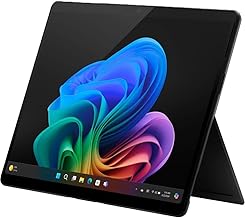


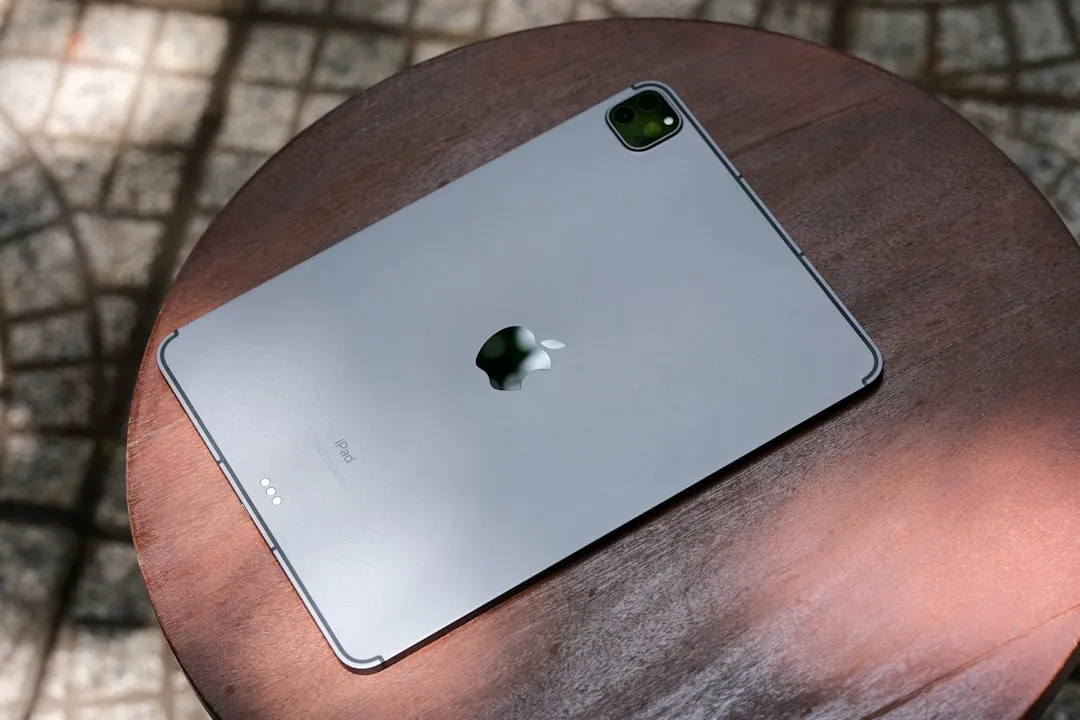
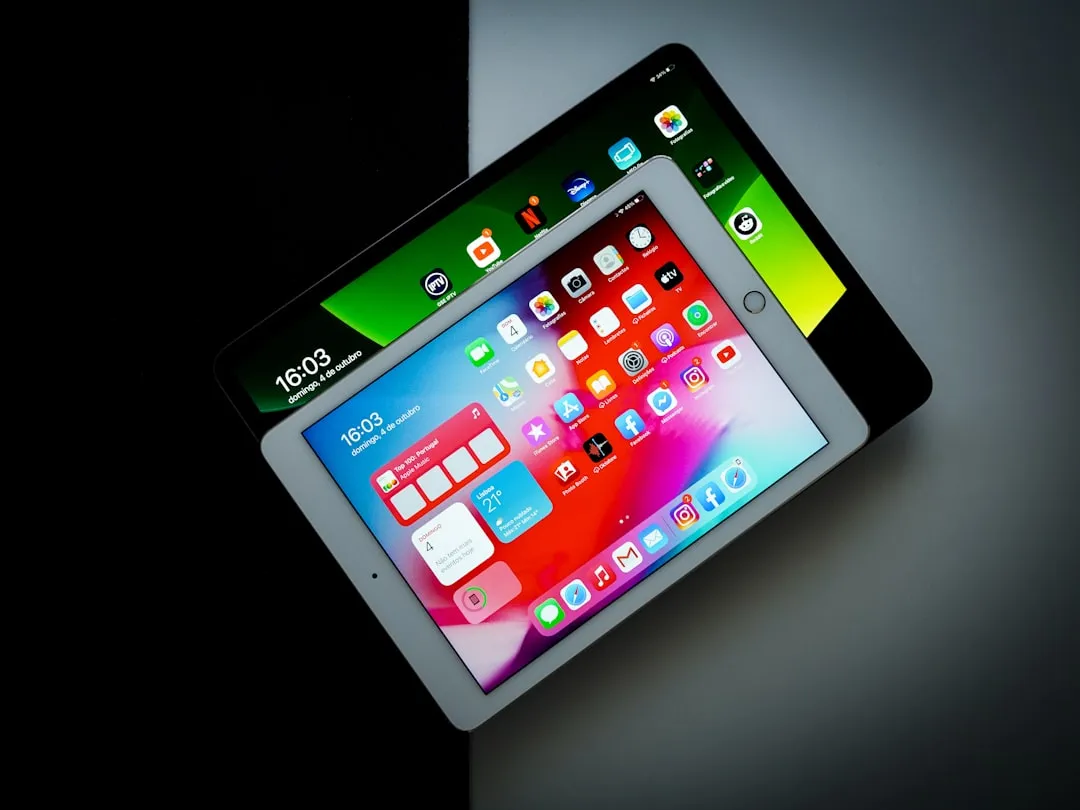
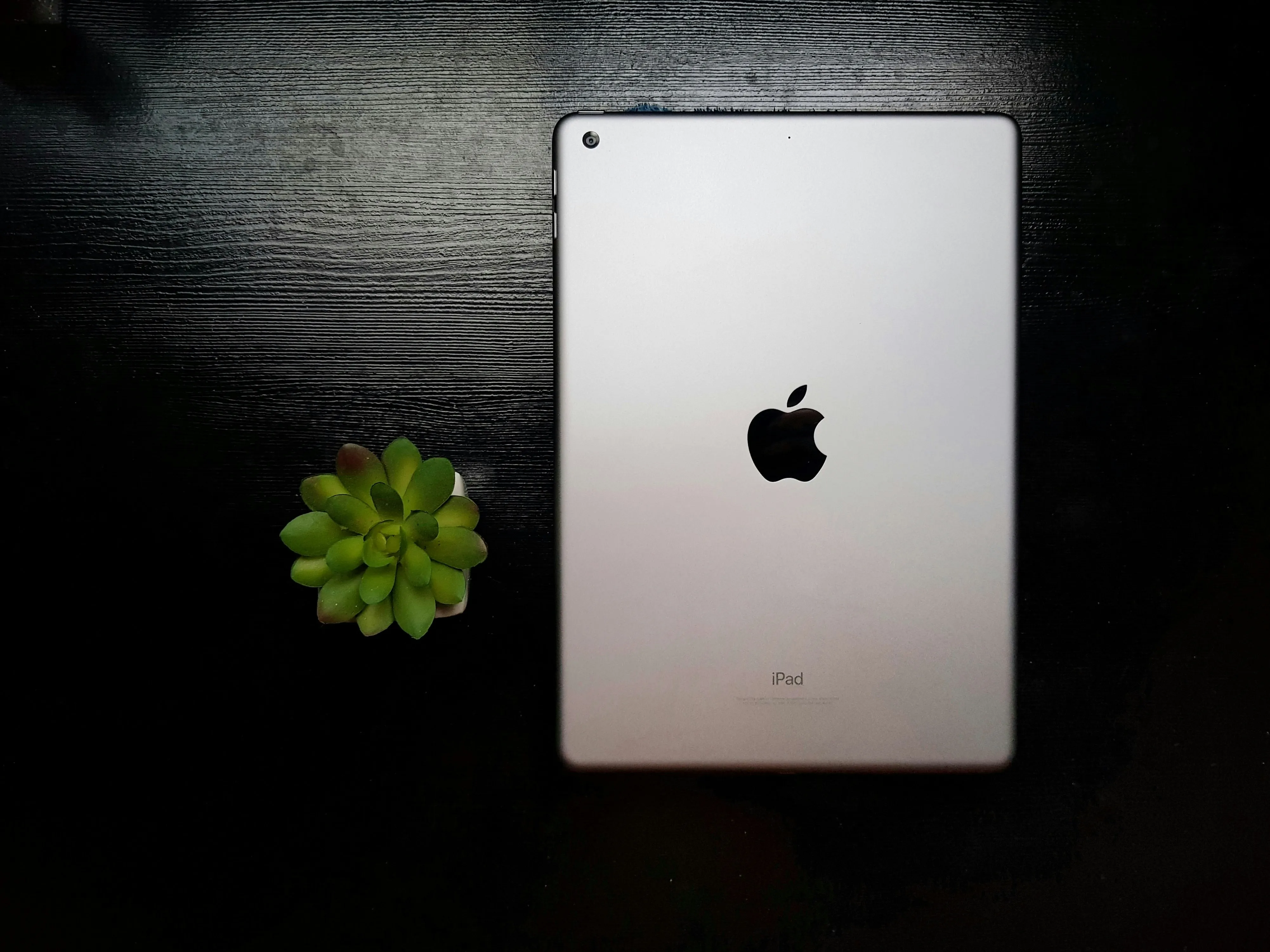
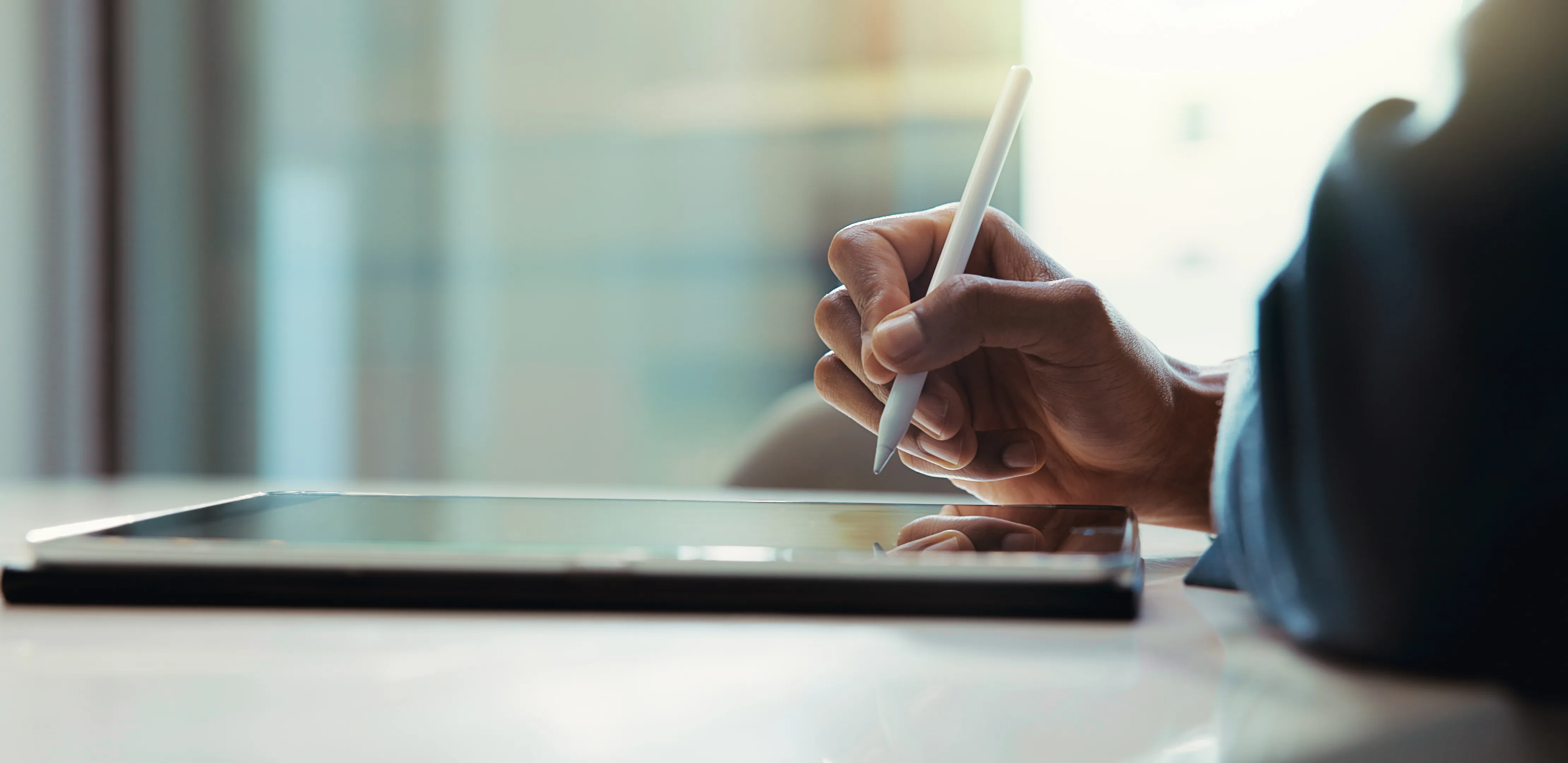

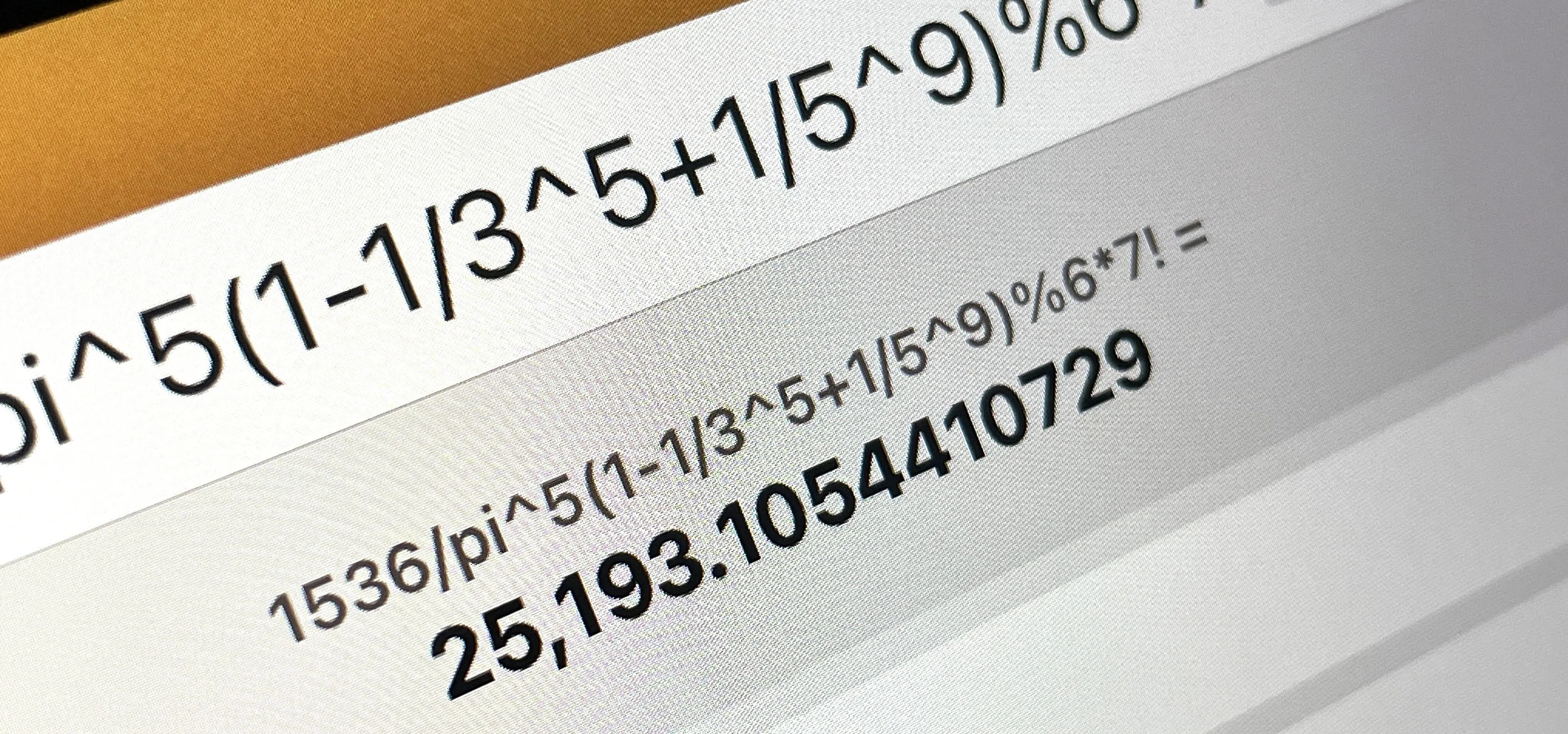


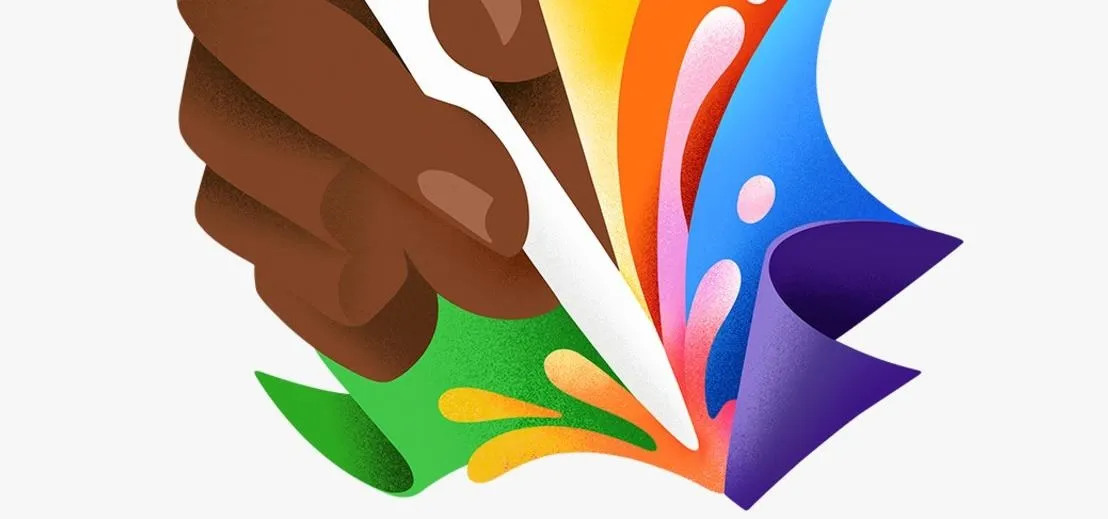



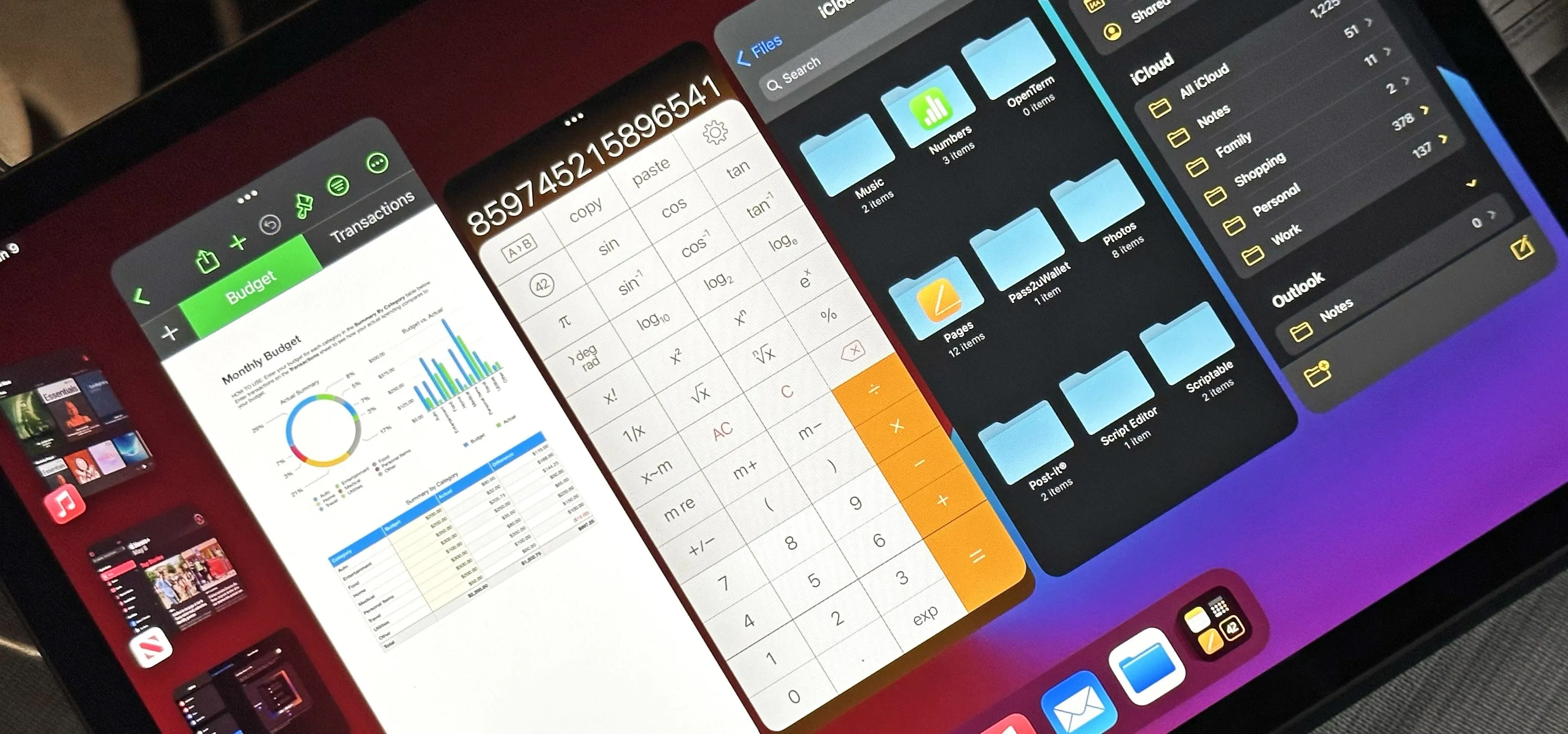






Comments
Be the first, drop a comment!